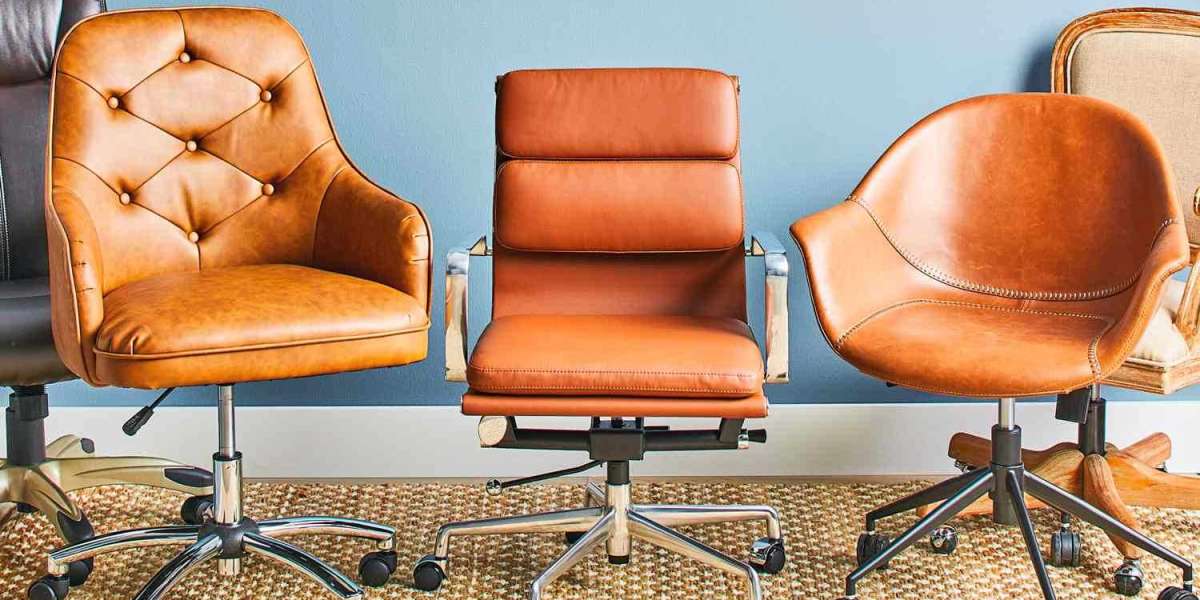In today’s work environment, employee well-being is a critical factor in organizational success. One often-overlooked aspect of this well-being is the influence of office furniture. The right furniture can significantly enhance comfort, productivity, and overall mental and physical health in the workplace. Here’s a closer look at how office furniture impacts employee well-being and what employers can do to create a healthier workspace.
1. Ergonomics and Comfort
A. Reducing Physical Strain
- Ergonomic Design: Ergonomic furniture, such as adjustable chairs and desks, is designed to support the natural posture of the body. This helps reduce the risk of musculoskeletal disorders, which are prevalent among office workers.
- Customized Solutions: Providing options for height-adjustable desks allows employees to alternate between sitting and standing, minimizing discomfort and promoting circulation.
B. Promoting Movement
- Active Seating: Office furniture like balance ball chairs or stools encourages movement and engagement of core muscles, which can combat the sedentary lifestyle associated with traditional office work.
- Flexible Workspaces: Creating areas where employees can work on the move—such as collaborative zones with casual seating—encourages physical activity and breaks from prolonged sitting.
2. Mental Well-Being
A. Creating a Positive Environment
- Aesthetic Appeal: Stylish, modern furniture can enhance the visual appeal of an office, contributing to a positive atmosphere. A well-designed workspace can reduce stress and enhance mood.
- Personalization: Allowing employees to personalize their workspaces with their furniture choices can increase feelings of ownership and satisfaction.
B. Reducing Noise and Distractions
- Acoustic Solutions: Office furniture that includes sound-absorbing materials can help reduce noise levels, creating a more focused work environment. This is especially important in open-plan offices where distractions are common.
- Defined Spaces: Using modular furniture to create distinct work zones helps minimize interruptions and allows employees to concentrate better on their tasks.
3. Collaboration and Interaction
A. Encouraging Teamwork
- Collaborative Furniture: Furniture designed for teamwork, such as communal tables and lounge seating, encourages social interaction and collaboration. This fosters a sense of community and belonging among employees.
- Flexible Layouts: Modular furniture allows for easy reconfiguration of workspaces to accommodate different team sizes and project requirements, enhancing collaborative efforts.
B. Meeting Spaces
- Comfortable Meeting Areas: Furnishing meeting rooms with comfortable seating and tables can make discussions more productive and enjoyable. A relaxed setting can lead to better engagement and creativity during brainstorming sessions.
4. Work-Life Balance
A. Home-Like Environments
- Relaxation Zones: Incorporating comfortable lounge areas or break rooms with inviting furniture allows employees to unwind during their breaks. This promotes a healthy work-life balance and can improve overall job satisfaction.
- Hybrid Work Solutions: For companies with remote or hybrid models, offering employees access to ergonomic furniture at home can support their well-being and productivity.
B. Support for Mental Health
- Designated Quiet Spaces: Providing quiet areas with comfortable seating for relaxation or reflection can support mental health initiatives. These spaces allow employees to recharge and manage stress effectively.
5. Productivity and Performance
A. Enhanced Focus
- Functional Design: Office furniture that is functional and comfortable can reduce distractions, allowing employees to focus on their work. A well-organized desk can improve efficiency and workflow.
- Optimized Layouts: Arranging furniture to minimize disruptions—such as placing desks away from high-traffic areas—can enhance concentration and productivity.
B. Encouraging Breaks
- Breakout Areas: Comfortable furniture in breakout areas encourages employees to take regular breaks, which can refresh their minds and boost overall productivity. Short breaks can prevent burnout and increase overall job satisfaction.
6. Conclusion
The impact of office furniture on employee well-being is profound. By prioritizing ergonomic design, promoting collaboration, and creating aesthetically pleasing and functional environments, employers can significantly enhance their employees’ comfort, health, and productivity. Investing in quality office furniture is not just a matter of aesthetics; it’s a vital component of a holistic approach to employee well-being. As companies continue to evolve and adapt to changing work environments, the role of furniture in fostering a positive workplace will remain crucial. By creating a supportive and comfortable workspace, organizations can enhance employee satisfaction and drive overall success.
reddestin.pk








